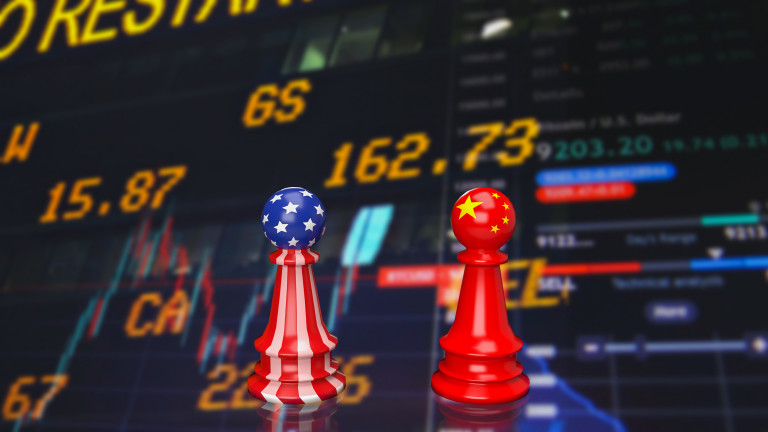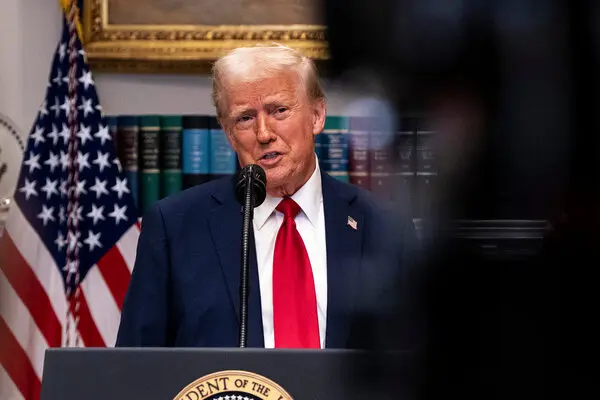President Trump has threatened to impose a new 50% tariff on Chinese imports if China does not remove its recently announced 34% tariffs on U.S. goods. This move would push the total U.S. tariffs on Chinese products to 104%.
In response, China vowed to “fight to the end” and criticized the U.S. approach as unilateral and economically coercive. The Chinese embassy in Washington condemned the threat as “blackmail” and warned of further countermeasures if the U.S. proceeds.
These escalating tariffs have created significant volatility in global markets. On April 7, U.S. stocks experienced sharp fluctuations, with the Dow Jones Industrial Average initially dropping 1,300 points before partially recovering. It ended the day down 349 points (0.9%) at 37,966. The S&P 500 briefly entered bear market territory, dipping 0.2%.
Economists warn that these escalating tariffs could lead to higher prices for consumers and push the global economy toward a recession. The situation remains dynamic, with both the U.S. and China preparing further countermeasures.




